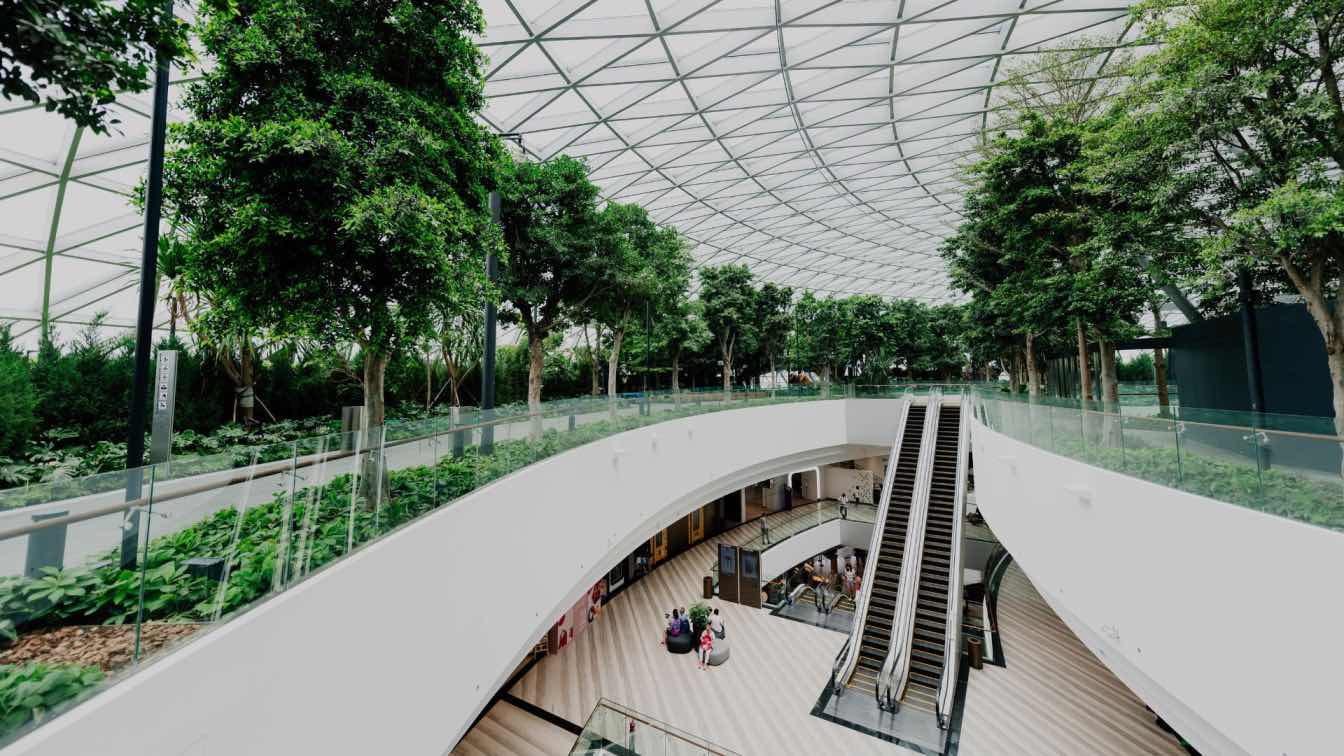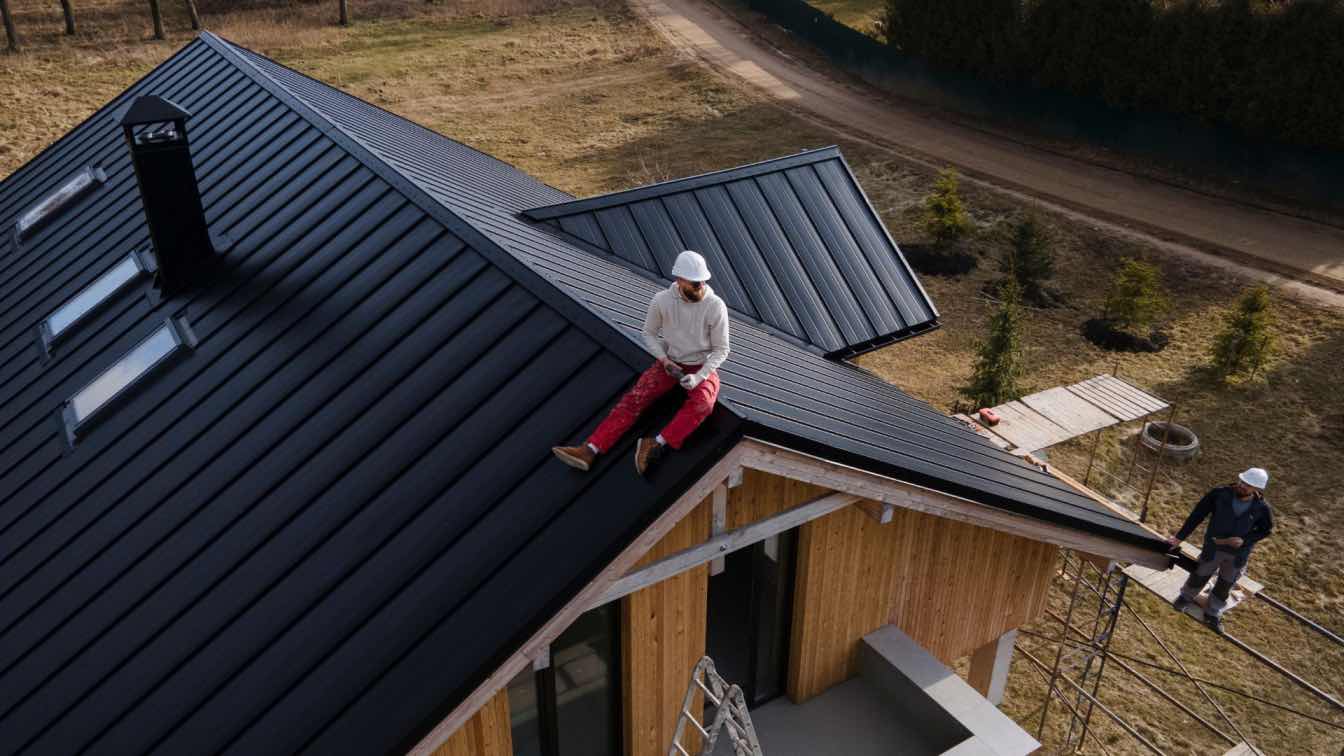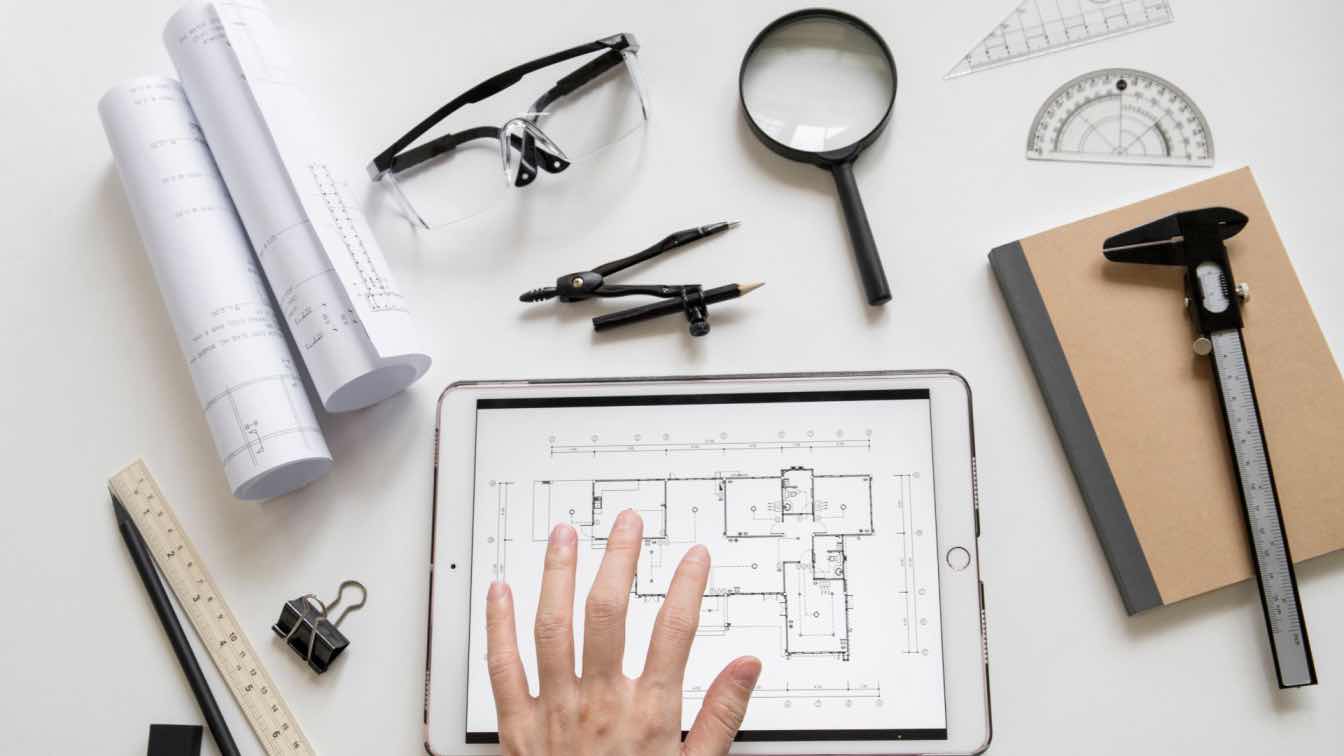Sustainable architecture demands precision. It’s not enough to simply install solar panels on a roof or efficient windows. The real challenge is creating buildings that use resources wisely without wasting energy or materials at any stage, from design to demolition.
Precision engineering revolutionizes the creation of greener spaces. Advanced techniques optimize systems, conserve resources, and ensure smarter designs for the long haul.
If you're looking to understand how precision engineering transforms sustainable building practices, this article unpacks six key ways it’s making an impact.
1. Real-time energy metering
Energy usage happens second by second. Static monthly reports miss the daily spikes and silent waste points that build up over time. That’s where real-time data changes everything.
Live metering pulls data from every circuit, machine, and outlet. You get an instant view of what systems draw the most power during peak hours or standby mode. Some buildings uncover invisible costs within days.
When teams adjust equipment schedules or upgrade outdated lighting, you can see the difference immediately. Less guesswork means tighter control across operations and faster savings without cutting performance anywhere in the system.
2. Smart water flow tracking
Buildings often waste gallons without anyone noticing. Small leaks, inefficient fixtures, or misused irrigation systems quietly add up over time. Precision tools step in to track every drop as it moves through the system.
Sensors monitor usage patterns and detect irregularities before they grow into bigger problems. For example, this turbine meter identifies pressure changes that signal potential pipe issues early on. Every component communicates in real-time for a complete picture of where improvements are needed most.
With better data, building teams can set specific goals for conservation. Smart adjustments, such as timed irrigation or low-flow retrofits, quickly yield results.
3. Low-waste component fabrication
Building materials often generate significant waste during production. Offcuts, measurement errors, and overproduction all contribute to excess that typically ends up in landfills.
Thanks to precision engineering, fabrication methods now use advanced tools like CNC machines and 3D printers. These technologies create components with exact measurements, minimizing scraps while maintaining consistent quality.
Prefabrication also plays a role in reducing waste. Elements are constructed off-site under controlled conditions, avoiding unpredictable errors at the job site. Modular designs further ensure that materials are used efficiently without compromising functionality or aesthetics.
4. Sensor-driven climate control
Temperature control used to rely on preset schedules and manual overrides. Now, buildings adapt in real time using smart sensors placed throughout interior zones.
Each sensor tracks variables like occupancy, humidity, and outdoor temperature. Data flows into a centralized system that adjusts heating or cooling automatically based on actual conditions. Spaces with fewer people use less energy without sacrificing comfort.
The system learns usage patterns over time. Peak hours get fine-tuned settings while inactive areas scale back consumption. That level of control reduces strain on HVAC systems and lowers emissions tied to unnecessary energy use.
5. Optimized HVAC and plumbing
Precision engineering reshapes how mechanical systems fit within a building. Instead of squeezing ducts or pipes around the structure after framing, layouts follow efficient paths mapped during early modeling.
With 3D scanning and digital twins, teams visualize every connection point before installation. That means fewer clashes between trades, cleaner routes for airflow and water, and minimal waste from last-minute rerouting or material overuse.
HVAC systems run more smoothly when duct lengths are optimized, bends are minimized, and insulation is placed precisely where it's needed. Plumbing lines also benefit, as shorter paths reduce pressure loss and increase flow efficiency without requiring additional energy input.
6. Precision-built facade systems
Exterior cladding impacts energy performance as much as mechanical systems inside. When panels, windows, and joints align within tight tolerances, the building envelope stays sealed against heat loss or air leaks.
Fabrication begins with detailed digital models that take into account climate zones, solar angles, and airflow behavior. Each component fits into place without gaps or excessive sealants. You avoid on-site cutting errors that weaken thermal integrity.
Dynamic facades adjust to shifting daylight or temperature. Louvers rotate based on the sun's position, while glazing layers respond to UV intensity. That active response reduces cooling demand during peak hours and stabilizes indoor comfort across seasons.
Wrapping Up
Sustainable buildings rely on efficient systems that work together seamlessly without waste. You get better performance when design and engineering align from the start.
Tighter tolerances lead to fewer surprises, lower operating costs, and smoother maintenance long after handoff. If you're working toward high-efficiency targets, it helps to treat precision as a core feature, not just an upgrade.





